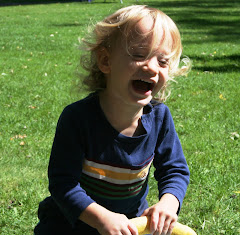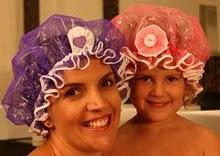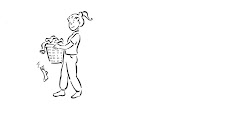Infestations by head lice become most apparent at the beginning of each school year. Parents, day care providers, school officials and healthcare professionals frequently seek information and solutions to this burdensome problem.
What are head lice, and how do they differ from other lice? Head lice (Pediculus capitis) are small parasitic insects exquisitely adapted to living mainly on the scalp and neck hairs of their human host. Their six impressive legs are elegantly evolved to grasp hair shafts and provide a striking example of biological specialization.
Long associated with people, head lice have been recovered from prehistoric mummies. Head lice are equal opportunity parasites; they do not respect socio-economic class distinctions. Their presence does not connote a lack of hygiene or sanitation practiced by their host.
Head lice are mainly acquired by direct head-to-head contact with an infested person's hair, but may infrequently be transferred with shared combs, hats and other hair accessories. They may also remain on bedding or upholstered furniture for a brief period.
In North America and Europe, children are more frequently infested than are adults, and Caucasians more frequently than other ethnic groups. Neither able to fly nor jump, lice are also unlikely to wander far from their preferred habitat.
Lice and their eggs are unable to burrow into the scalp. Lice are sometimes referred to as cooties, eggs as nits and infested people as lousy. The infestation by head or body lice is termed pediculiasis, and the associated "disease" pediculosis. Delousing (more properly termed lousing) consists of any method for eliminating an infestation.
Chemical treatments directed against lice are pediculicides. Those that kill adult and nymphal lice are sometimes called lousicides; those that kill the developing embryo within the egg are ovicides.
RoshNakki Clinics in Israel and LICENDERS Clinics in the United States only use all natural products - no chemicals at all. All our work is guaranteed, call for an appointment.
Only use natural products






























